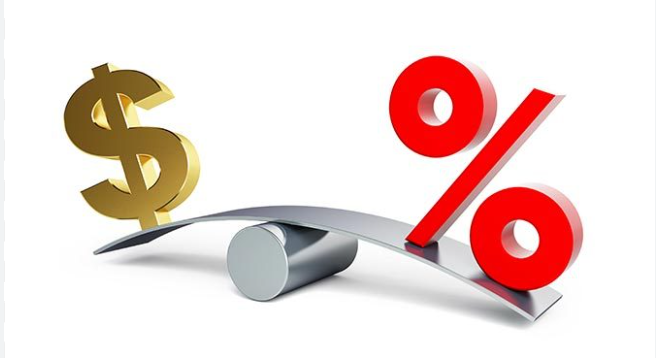In Turkey, interest rates have been one of the most hotly debated economic topics, especially in the last decade. The Central Bank of the Republic of Turkey’s (TCMB) Monetary Policy Committee (PPK) meetings, where the interest rates are determined, create excitement days in advance. The rate expected to come out of the meeting is eagerly anticipated, and it becomes the subject of discussion for days, akin to a national sports event. In another country, this would be a technical issue that doesn’t pique the interest of ordinary citizens, but in our country, it is the most important topic discussed in coffeehouses and barbershops.
The primary reason for such public interest in this matter, as everyone now knows, is its close relationship with exchange rates. Particularly until December 2021, with every interest rate reduction by the TCMB, the exchange rate reacted sharply, and after the declaration that the process would continue in this manner, citizens largely converted their savings into foreign currency. With the introduction of the Exchange Rate Protected Deposit instrument on December 20, 2021, and TCMB’s intervention in the foreign exchange market, the correlation between interest rates and exchange rates weakened significantly.
Between Naci Ağbal’s removal after 132-day term as the head of TCMB and the new economic management taking office after the elections, the policy rate was reduced from the 19% range to around 8%. The primary argument for defending low-interest rates was, initially, the aim of having a competitive economy by reducing exchange rate increases, increasing exports, and reducing the current account deficit. However, as the exchange rate increases led to price hikes, public dissatisfaction emerged, resulting in the abandonment of this argument and intervention in foreign exchange. The argument shifted to “growth and employment” as the new focus.
Here, we can examine the effects of such low-interest rates on the public almost as if it were a laboratory environment. First and foremost, significant reserves had to be spent to prevent the increase in foreign exchange rates. The second effect was the cheapening of loans, which led to increased consumer spending and an increase in imports, creating both domestic and foreign savings problems. Excessive price increases occurred in alternative investment instruments such as real estate (and even automobiles). Moreover, and perhaps most importantly, income distribution was disrupted. While the share of profits of companies increased proportionally within total income, the share of wages decreased.
To see the impact of low-interest rates on income distribution and wealth, let’s consider two citizens, one with 100,000 TL and the other with 10,000 TL. When these two citizens want to take out a loan for investment, and banks set their credit limits at half of their income, the first citizen will be able to borrow 50,000 TL, while the second citizen can only borrow 5,000 TL. When investments in an area with a 100% return (such as the stock market) appreciate, the return for the first citizen will be ten times higher than that of the second citizen. This naturally leads to an increase in the wealth gap. Does the same logic not apply to high-interest rates as well? Firstly, in a high-interest rate environment, the returns on investments cannot be as high. Secondly, when the cost of borrowing increases, citizens will desire to use fewer loans, which will lead to more efficient and balanced investment areas. Similar effects are also observed in competition among companies. In a low-interest rate environment, large companies gain an advantage over smaller ones, and markets tend to become more monopolistic, leading to price increases against consumers.
Mehmet Karacuka is a faculty member of Ege University Department of Economics & Heinrich Heine University-Düsseldorf Institute for Competition Economics, visit his blog site by clicking the link here
